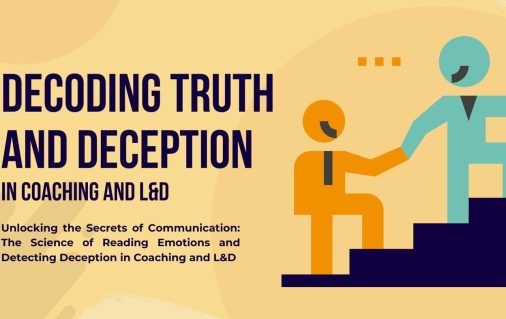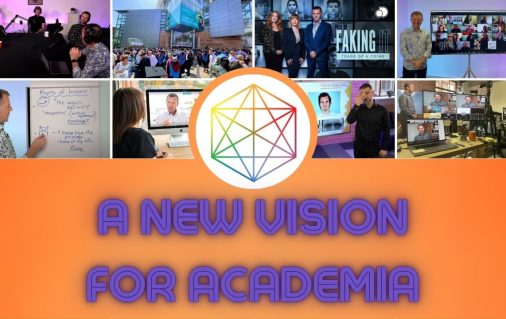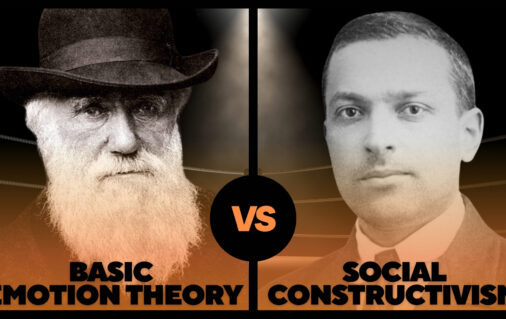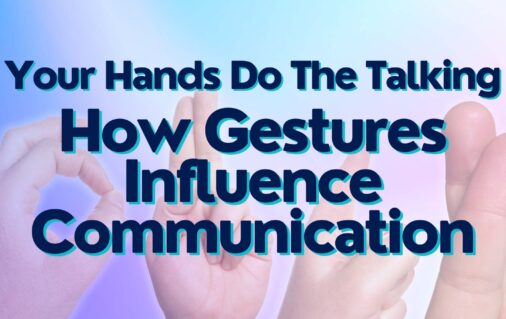How can Emotional Intelligence be Developed?
The skill in understanding emotion and reading emotion is a special asset and is worth perfecting. At some level, we all naturally read the emotions of others. However, we can learn how to become better at it with training, as emotions are not only expressed but also hidden in many ways.
Through observing someone’s body language and facial expressions, we can gain unique insights into their emotional state. Some emotions have universal facial expressions; this is valuable to understand because we can learn to identify these facial expressions and get a glimpse of what someone might be feeling.
The seven universal emotions, facial expressions and their triggers are:
Fear
The universal trigger for fear is a perceived threat.
Sadness
The universal trigger for sadness is the loss of something that we value.
Enjoyment or Happiness
The universal trigger for happiness is a pleasurable stimulus, that is anything that causes or creates pleasure.
Disgust
The universal trigger for disgust is an offensive stimulus.
Anger
The universal trigger for anger is obstruction.
Contempt
The universal trigger for contempt is an immoral act or a feeling of moral superiority.
Surprise
The universal trigger for surprise is a sudden or unexpected stimulus.
(Ekman, 1993; Ekman, 1985; Ekman, 2007; Ekman & Frank, 1997)
There are also rules and strategies that people use to manage how they express these emotions in their facial expressions, and with education, we can learn to see the truth even if someone is trying to hide it. By seeing hidden emotions, we can understand what people are genuinely feeling and not just the message they’re trying to present.
For example, if you notice an anger expression behind a smile, and you know that the universal trigger for anger is feeling that you are being obstructed from reaching your goal, you may be able to gain a deeper level of understanding of what that person might be feeling or where they’re coming from. After this, you could have a conversation with this person about their goals and remind them that you want to support them in their pursuits.
Another valuable way to develop our emotional intelligence is by developing our self-awareness. The Dalai Lama worked with Ekman to create the Atlas of Emotion, an online tool to help you identify and describe what you’re feeling.
Another easy way to increase self-awareness is by noticing our emotions and the physiological changes related to those emotions. Doing this requires some understanding of body language and facial expressions, which can ultimately help your effectiveness and communications personally and professionally.
To notice the changes related to emotions that you may experience in your body, you need to either be aware of what you’re feeling emotionally or develop a connection with your body so that you can notice when your body is behaving differently. Practices such as mindfulness, meditation, journaling, or recording and analyzing your baseline can be really helpful for this.
For instance, if you notice that you are breathing faster than normal and that your hands are colder than they usually are, through understanding the physiological changes related to emotion, you can then infer that you are feeling afraid; after this, you can begin to reflect on why you might be afraid… perhaps you are more nervous about seeing a certain family member then you thought you were. Once you identify the message contained in the emotion, you can contemplate the reasons behind the emotion and come up with some strategies to help alleviate or manage these concerns/issues before the feelings become overwhelming.
Active Listening
To be aware of, understand and influence others, we need to listen to them and actually hear what they are saying.
Active listening is essential in building rapport (pronounced ra-por). Rapport is the flow and ease of conversations, making them more comfortable, enjoyable and respectful. Rapport is linked to establishing a mutual confidence or ‘mutual understanding’ (Royce, 2012: 4). It is an essential first step in many interviewing and conversation management strategies… it is even useful in interrogations.
Active listening skills are needed for us to truly develop the ‘understanding others’ competency of emotional intelligence. When actively listening, you are giving someone your full attention and are engaged with what they are saying, not thinking about your response. There are several strategies to enhance your listening skills and signal to someone that you are actively listening to them.
One strategy is mirroring. Mirroring is when you copy someone’s language and or behaviours. Be careful not to do it too much, or it can be interpreted as mocking. You can do this verbally by using similar words, expressions, or tone that they do. For example, if someone often says ‘looks good’, you can say ‘I see what you mean’ to match their visual references and language. Or if someone says, ‘sounds good’, you can respond with ‘I hear you’.
These small things can signal engagement and a sense of familiarity and being ‘on the same page’. As a result, this person will likely be much more receptive to your idea and requests, because, as the liking principle explains, we generally like people who are like us.
I-messages are a way to ensure that you have really understood someone and give them a chance to correct you if needed. An example of an I-message would be, ‘What I hear you saying is that…’. Similarly, using pauses to allow the other person an opportunity to clarify or correct you can show that you genuinely do want their feedback in order to understand them.
Empathy and Compassion
We all have mirror neurons in our brains; this helps us to understand what others are feeling because they create the same feelings within us. This is why if you see a video of people laughing or crying, you also laugh or cry (or at least feel sad). Heyes (2010) described mirror neurons as ‘a revolution in understanding social behaviour’. Mirror neurons form the neurological basis for empathy.
Mindfulness and meditation can be valuable tools for practising compassion towards others and towards ourselves. Mindfulness is about experiencing our life with the clear acknowledgement that what is happening is happening. It is insisting on authenticity. Living in a state of awareness develops compassion by connecting us to one another. Our experiences of emotion are fundamentally the same; we all understand what it is to suffer, to laugh, to love. We have all experienced fear or anger. If we can stop the busyness and distraction to really see and know ourselves, we are more equipped to see and know others. This is how mindfulness can increase our capacity to offer and receive compassion. With practice, we can develop genuine empathy.
There are different types of empathy. First, there is cognitive empathy. This involves taking someone’s perspective cognitively, but not emotionally. For example, in torture, one person may think about and understand what the other person’s experiences are, but the torturer is not feeling the victim’s pain.
Next is emotional empathy, which is an empathetic concern for another’s emotional state. This would include emotional concern and displaying compassion towards someone.
The technique of emotional matching is an interesting one; in this, you can match a person’s emotions and then move them – when it is a good or an appropriate time to do so – to a more positive space emotionally.
This emotional matching is a form of emotional contagion when you share that you feel something close to what another person feels. Emotional contagion has been linked to levels of intimacy, such as close friendships, and some researchers have seen it as a potential form of influence because emotional contagion can change the actual emotional states of people.
Crisis Negotiators often use tools such as active, empathetic listening, mirroring, and emotional matching to move a distressed and dangerous individual into a calmer state before engaging in their negotiations. In this context, the consequences of poor emotional intelligence can be catastrophic, as highlighted by Dr. Archer’s analysis of crisis negotiations.
As you can imagine, work requiring someone to negotiate such high stakes situations requires a lot of emotional effort. This type of effort is known as emotion work. Emotion work is the emotional labour that people do in certain positions. For example, airline attendants and nurses must control their emotions (and the channels that their emotions may leak from, e.g., voice, facial expressions) and present a calm, confident and pleasant appearance/demeanour.
Emotional intelligence is valuable in many applications. There are many ways that we can consider the emotional experience of others and use our emotional intelligence to develop and enhance our communication skills.
















